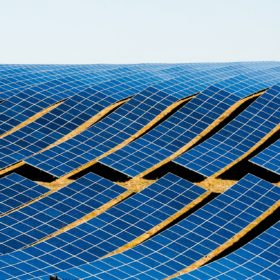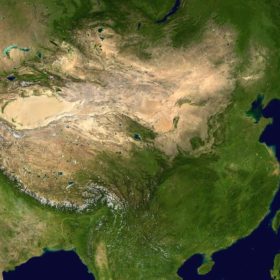Cash-strapped developer SFCE dependent on buyer goodwill for $66m project sell-off
SFCE is scrambling to keep creditors at bay and has been unable to guarantee more than half the windfall it expects from selling off 140 MW of Chinese project capacity will actually be paid.
Analyst expects ‘unprecedented’ consolidation of Chinese solar industry
PV manufacturers unable to live with proposed new quality guidelines and project developers alike are set to be squeezed out by the state in the world’s biggest solar market, according to Frank Haugwitz, who has compiled a market update as preparations for the next five-year plan gather pace.
Covid-19 weekly round-up: Predatory takeover fears, Ieefa takes aim at the IEA and diverse perspectives on e-mobility
Analysts appear divided on the effects the public health crisis will have on the EV market even as sales of petrol-engined SUVs soar in China. And Portugal is plowing on with its Covid-delayed national solar tender, an exercise which may help establish whether clean energy thinktank Ieefa is right to predict PV prices will continue to fall.
Bangladesh looks to Beijing to speed its solar ambition
The two governments will form a JV which will see China invest around $500 million in setting up 450 MW of solar generation capacity and a 50 MW wind farm on land supplied by the host nation’s North-West Power Generation Company.
Historic-low interest rates will power ahead astonishing solar cost reductions
An Ieefa report has suggested the cost of generating electricity from solar will be near zero in the world’s sunniest regions by 2030-40 – despite what the naysayers at the International Energy Agency might think.
Minimum mono Perc standards could halt Chinese production boom
The authorities in Beijing, concerned at ever greater solar production capacity announcements and oversupply fears, are preparing to introduce standards which would bring the recent mono Perc production explosion to a shuddering halt.
Chinese solar glass company’s figures indicate booming market
Xinyi Solar today said it is anticipating a bumper profit from the first half of the year – an announcement likely to bring wry smiles at the board of parent company Xinyi Glass, which soon after announced quite the opposite prospects after selling off shares in the PV subsidiary last year.
Portugal kicks-off 700 MW solar auction
Solar developers can submit applications from today. The rules of the procurement exercise were published by the nation’s Directorate-General for Energy and Geology.
Demand for gas-guzzling SUVs surges in China as electric car sales plummet
The market last month saw a sharp rebound in the sales of traditional, internal combustion engine vehicles as Covid-19 restrictions continued to ease. Analysts have predicted a similar rebound in Europe as the continent emerges from the public health crisis.
What you need to know to take advantage of the green bond revolution
Green bonds have experienced rapid growth since their inception in 2007, and participants in the solar energy industry stand to benefit. In 2019, issuers launched over US$250 billion in green bonds offerings, representing 51% growth year over year.









